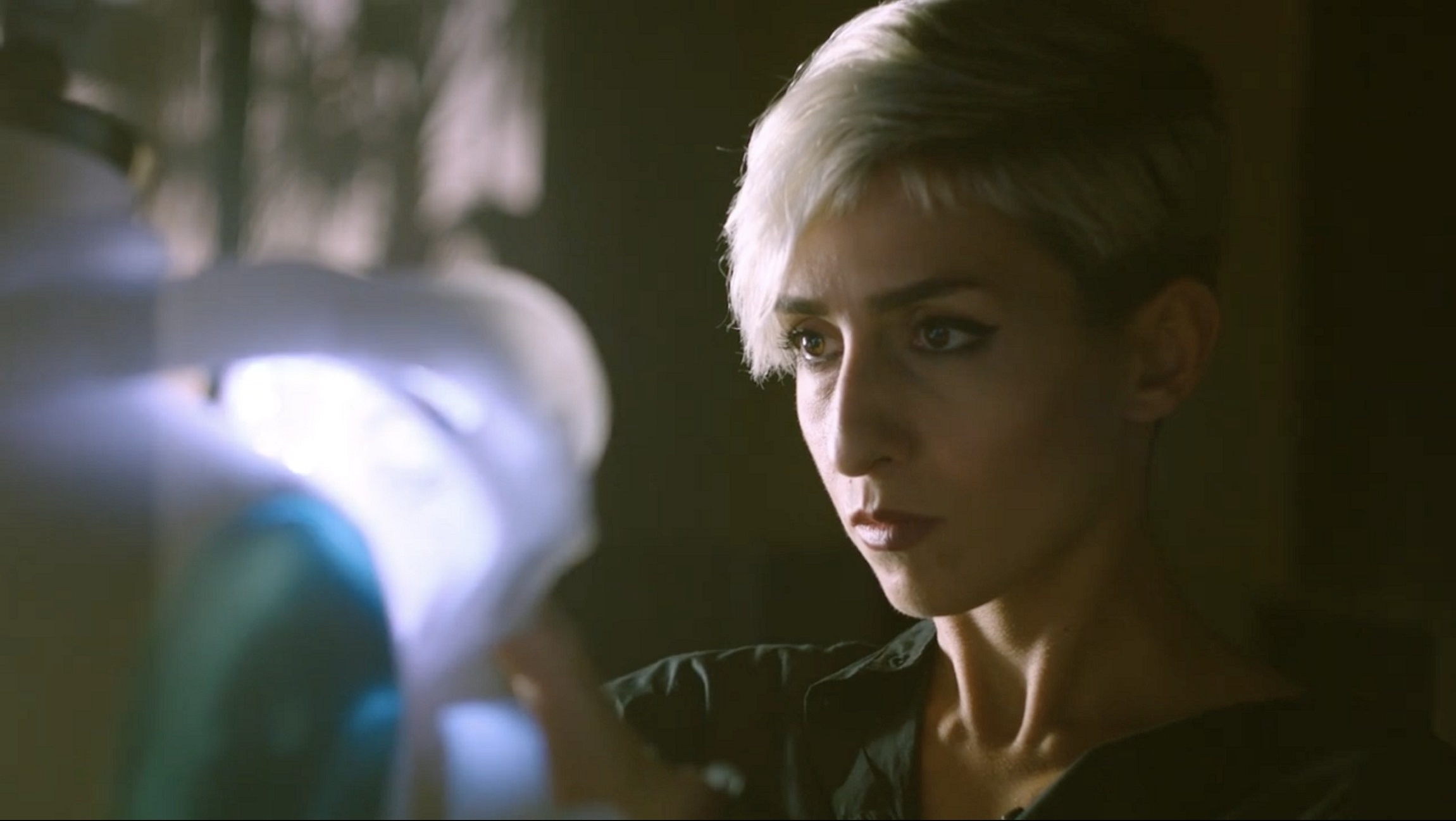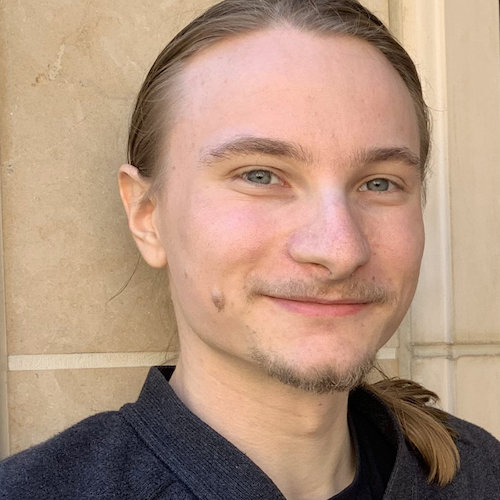Interactive Design | Online Workshop | English | North-South Americas
Description:
Most techniques for controlling interactive installations assume that the actuators are placed on a grid, or at the very least in regular configurations. While collaborating on wearables, display cases, and ceiling installations, Behnaz Farahi and Julian Ceipek have developed generic interactive animation techniques to drive LEDs, pneumatic systems, electromagnets, and many other kinds of actuators in arbitrary configurations.
During this workshop, participants will create their own small-scale interactive installations involving LEDs placed in wacky configurations. They'll learn how to map between physical and virtual coordinate spaces and how to use Grasshopper to export mappings for use in creative coding environments.
Coordinate mappings enable iterative workflows for rapidly exploring actuator configurations and real-time animations prior to or during the fabrication process.
Participants will use their mappings to develop interactive procedural animations in Javascript while viewing real-time simulations of their projects. Finally, they'll use an Arduino microcontroller to control their installations, applying a simple yet powerful control technique that easily scales to hundreds of actuators.
While we will be using Grasshopper, Arduino, and Javascript and assume basic familiarity with each, participants will leave the workshop with a widely-applicable procedural toolkit for controlling interactive installations independent of any particular hardware or software platform.
Key Words:
Interactive Installation,Arduino,Real-time Visualization,Coordinate spaces
Required Skills:
Basic Grasshopper/Rhino, basic JavaScript, basic Arduino skills preferable but not necessary
Required Software:
Rhino/Grasshopper, Arduino (free), Visual Studio Code (free), Google Chrome/MS Edge/Firefox (free)
Required Hardware:
Arduino, Adafruit NeoPixel Digital RGB LED Strip
Maximum number of participating students:
15
During this workshop, participants will create their own small-scale interactive installations involving LEDs placed in wacky configurations. They'll learn how to map between physical and virtual coordinate spaces and how to use Grasshopper to export mappings for use in creative coding environments.
Coordinate mappings enable iterative workflows for rapidly exploring actuator configurations and real-time animations prior to or during the fabrication process.
Participants will use their mappings to develop interactive procedural animations in Javascript while viewing real-time simulations of their projects. Finally, they'll use an Arduino microcontroller to control their installations, applying a simple yet powerful control technique that easily scales to hundreds of actuators.
While we will be using Grasshopper, Arduino, and Javascript and assume basic familiarity with each, participants will leave the workshop with a widely-applicable procedural toolkit for controlling interactive installations independent of any particular hardware or software platform.
Schedule:
Jun 25 - Jun 28
-
Day 1 / Jun 25
-
Day 2 / Jun 26
-
Day 3 / Jun 27
-
Day 4 / Jun 28
Instructors:
-
 Behnaz Farahi CSULB,Assistant ProfessorTrained as an architect, Behnaz Farahi is an award winning designer and critical maker based in Los Angeles. She holds a PhD in Interdisciplinary Media Arts and Practice from USC School of Cinematic Arts. She explores how to foster an empathetic relationship between the human body and the space around it using computational systems. Her work addresses critical issues such as emotion, perception and social interaction. She specializes in computational design, interactive technologies, and digital fabrication technologies. Her work is part of the permanent collection of the Museum of Science and Industry in Chicago. She has also been exhibited internationally at Ars Electronica, Linz and Context Art Miami, and has been featured in several magazines and online websites including WIRED, BBC, CNN, The Guardian, Frame Magazine, and many more. Farahi has won several awards including Innovation By Design Fast Company Award, World Technology Award (WTN) and is the recipient of the BASA and Madworkshop Grants, and the Rock Hudson Fellowship. She is a co-editor of an issue of AD, ‘3D Printed Body Architecture’ (2017) and ‘Interactive Futures’ (forthcoming). She is an Assistant Professor at the Department of Design, California State University, Long Beach. (http://www.behnazfarahi.com/)
Behnaz Farahi CSULB,Assistant ProfessorTrained as an architect, Behnaz Farahi is an award winning designer and critical maker based in Los Angeles. She holds a PhD in Interdisciplinary Media Arts and Practice from USC School of Cinematic Arts. She explores how to foster an empathetic relationship between the human body and the space around it using computational systems. Her work addresses critical issues such as emotion, perception and social interaction. She specializes in computational design, interactive technologies, and digital fabrication technologies. Her work is part of the permanent collection of the Museum of Science and Industry in Chicago. She has also been exhibited internationally at Ars Electronica, Linz and Context Art Miami, and has been featured in several magazines and online websites including WIRED, BBC, CNN, The Guardian, Frame Magazine, and many more. Farahi has won several awards including Innovation By Design Fast Company Award, World Technology Award (WTN) and is the recipient of the BASA and Madworkshop Grants, and the Rock Hudson Fellowship. She is a co-editor of an issue of AD, ‘3D Printed Body Architecture’ (2017) and ‘Interactive Futures’ (forthcoming). She is an Assistant Professor at the Department of Design, California State University, Long Beach. (http://www.behnazfarahi.com/) -
 Julian Ceipek N/A,Software EngineerJulian Ceipek (jceipek.com) is an experienced systems programmer with a focus on user experience and performance, and a history of creating award-winning games, robotics installations, and programming environments. His work has been been featured at Sundance, Chicago's Museum of Science and Industry, and outlets including WIRED, CNN, and BBC News. He has an MFA in Interactive Media and Game Design from USC and a BS in Engineering from Olin College. Julian loves learning, collaborating, and teaching.
Julian Ceipek N/A,Software EngineerJulian Ceipek (jceipek.com) is an experienced systems programmer with a focus on user experience and performance, and a history of creating award-winning games, robotics installations, and programming environments. His work has been been featured at Sundance, Chicago's Museum of Science and Industry, and outlets including WIRED, CNN, and BBC News. He has an MFA in Interactive Media and Game Design from USC and a BS in Engineering from Olin College. Julian loves learning, collaborating, and teaching.